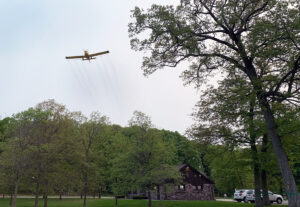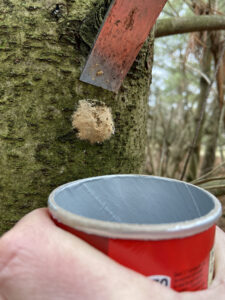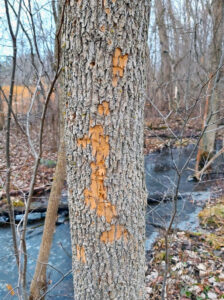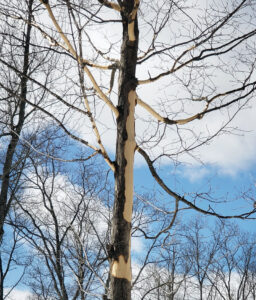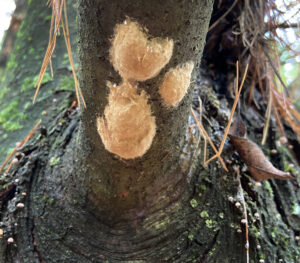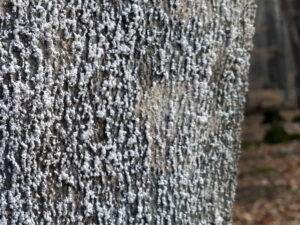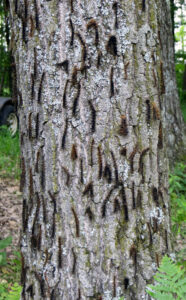By Shahla Werner, Urban Forestry Council Member and Department of Agriculture, Trade and Consumer Protection Plant Protection Section Manager
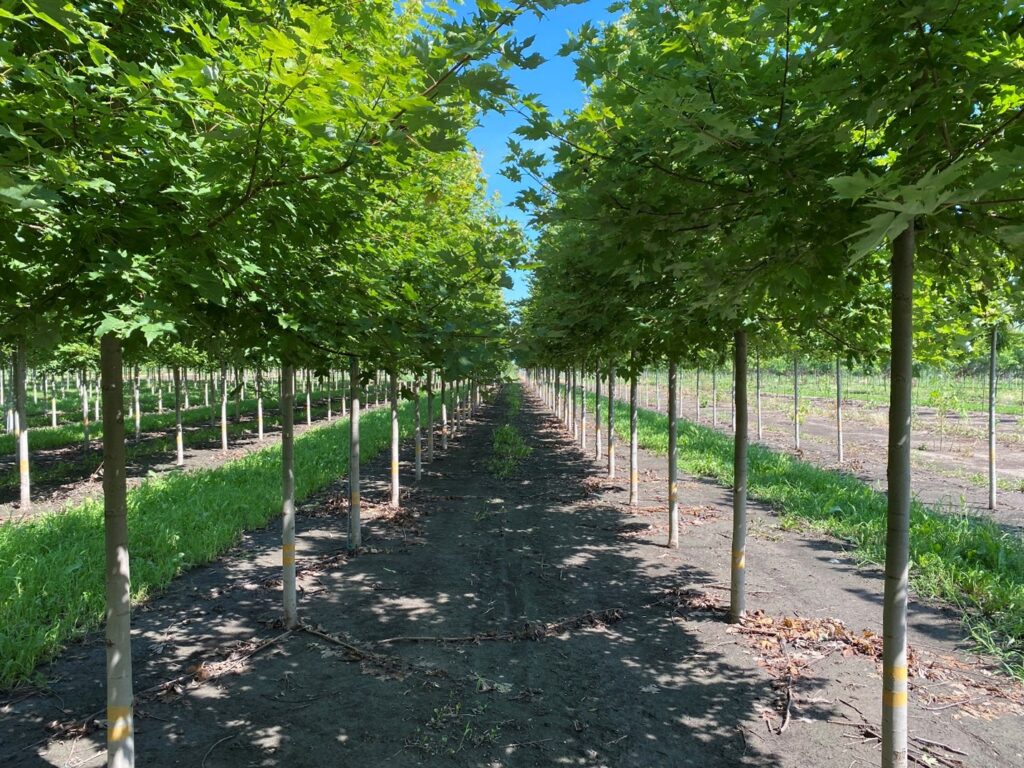
Urban foresters are increasingly aware of the importance of tree species, age and size diversity to ensure resilient tree canopy and all the associated benefits in their communities. The 20-10-5 rule, which specifies that no more than 20% of trees planted should be from one family, no more than 10% from one genus and no more than 5% from one species (including cultivars), can be helpful in setting tree diversity goals. Applying these guidelines can provide urban forests some protection against huge losses caused by invasive forest pests. Continue reading “Resources to Help Urban Foresters Set And Meet Tree Diversity Goals”

